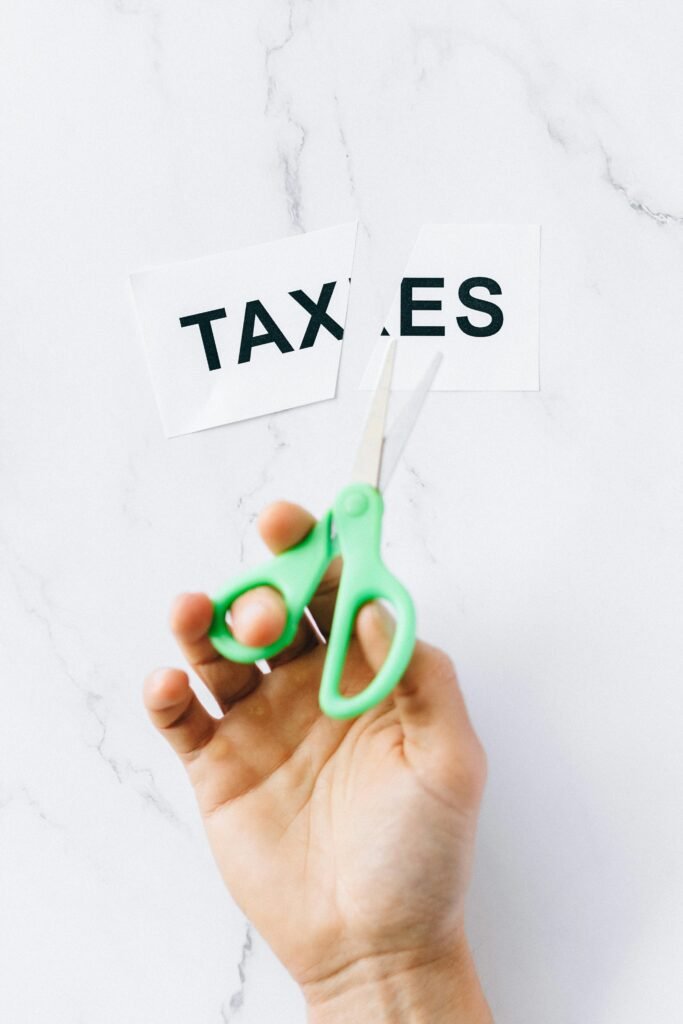If tax season has left you staring down a bill you can’t afford to pay, you’re not alone or out of options. The IRS offers programs designed to help taxpayers manage or even reduce what they owe, especially if full payment would cause financial hardship. But to take advantage of these programs, acting quickly and understanding how each option works is crucial.
From installment plans to settlement offers and hardship-based relief, here’s what you need to know about working with the IRS to resolve your tax debt without risking aggressive collection actions.
Installment Payment Plans
The IRS will work with you to establish a payment plan. If you owe $50,000 or less, you may qualify for a streamlined agreement that doesn’t require detailed financial documentation. For larger balances, you’ll likely need to provide additional financial info. As with any other type of loan, you’ll make monthly payments until your outstanding balance is satisfied. You can only make a payment plan if you’re current on all your tax filings.
Offers in Compromise
There are situations in which the IRS will agree to accept less than you owe to settle your back taxes in a program called Offer in Compromise (OIC). To qualify, you’ll need to demonstrate that paying the amount in full would cause financial hardship, or that doubt exists about the amount you owe.
You can propose to pay a reduced amount either as a lump sum or monthly payments over six to 24 months.
You must submit Form 656, Offer in Compromise, and a $205 filing fee as part of the process. You’ll also need to complete a Form 433-A (OIC) if you’re an individual or Form 433-B (OIC) if you’re a business. This form asks for detailed information about your income, expenses, debt, assets and equity.
Levies, Garnishments and Liens
If you don’t pay your tax debt or make arrangements with the IRS, the agency can take aggressive collection actions to recover what you owe. Under federal law, the IRS has the authority to:
Garnish your wages
Seize future tax refunds
Levy your bank accounts and other financial accounts
Withhold part of your Social Security benefits
Seize and sell your property, including vehicles, real estate, and other valuable assets
These actions can continue until your debt is paid off—or until the 10-year statute of limitations on IRS collections expires, starting from the date the IRS officially assessed the tax you owe.
Important: The IRS must usually send a “Final Notice of Intent to Levy and Notice of Your Right to a Hearing” before initiating most levies. Once you receive this notice, you have 30 days to respond or request a hearing to avoid enforcement actions.
To avoid levies, liens, and garnishments, contact the IRS immediately upon receiving a notice or bill. Even if you can’t pay in full, setting up a payment plan or exploring options like an Offer in Compromise can stop further action.
Currently Not Collectible Status
While the IRS has broad powers, it won’t leave you completely destitute. If a wage garnishment or levy causes undue economic hardship, you can request a modification or be placed in Currently Not Collectible (CNC) status. If granted, the IRS will temporarily stop levies, garnishments, and other collection actions. However, interest and penalties will continue to accrue, and the IRS may review your financial situation later to reassess your ability to pay.
The IRS may periodically review your finances, and if your situation improves, they’ll resume collection efforts or contact you to discuss next steps.
The Bottom Line
Owing more taxes than you can afford doesn’t have to be a permanent problem. The IRS offers payment plans and may even let you settle for less than you owe through an Offer in Compromise. In most cases, the IRS has 10 years from the date of assessment to collect unpaid taxes. After that period, the debt typically expires. However, during those 10 years, interest and penalties can accumulate, significantly increasing the amount owed if the IRS pursues collection.
The content provided is intended for informational purposes only. Estimates or statements contained within may be based on prior results or from third parties. The views expressed in these materials are those of the author and may not reflect the view of National Debt Relief. We make no guarantees that the information contained on this site will be accurate or applicable and results may vary depending on individual situations. Contact a financial and/or tax professional regarding your specific financial and tax situation. Please visit our terms of service for full terms governing the use this site.

